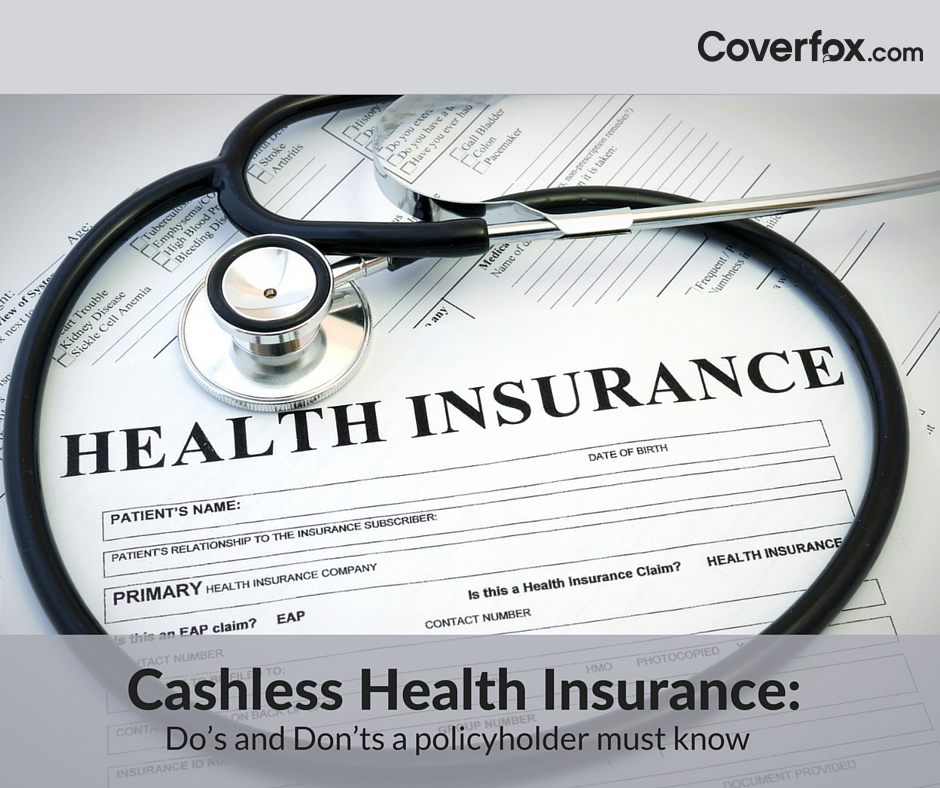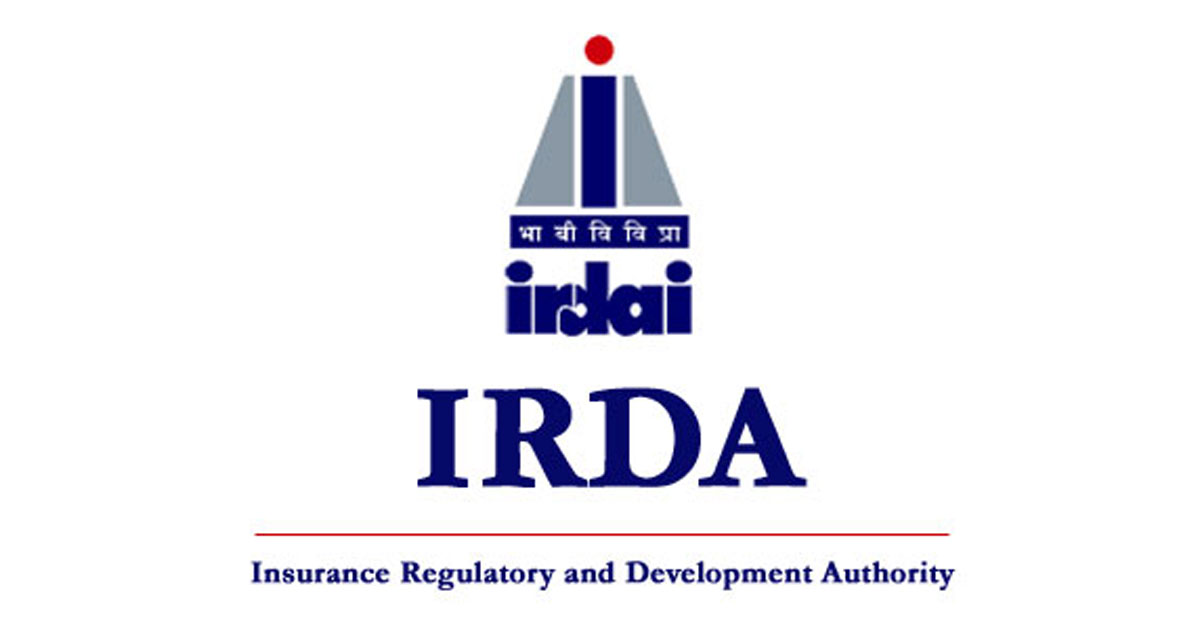Cashless health insurance is a boon for policyholders and serves the real purpose of having insurance in the first place, in the best possible way.

My good friend Rashmi was looking perplexed today. On enquiring the reason for the same, she said that her mother has been diagnosed with a kidney stone which requires surgery next week. Though she had done a good thing by taking a health insurance policy for her mother, she was not sure on the process and paperwork for going for cashless hospitalisation and points she should take care, so that her claim does not get rejected.
Rashmi is not alone. A lot of effort of insurance companies goes in selling new policies, but after purchasing the policy, a policyholder does not know how to make a claim, and how to take benefit of features like cashless health insurance. In this article, let us discuss on cashless insurance and which do’s and don’ts a policyholder should bear in mind while making a cashless claim on his policy.
How does cashless health insurance work?
In a health insurance policy, in case of a claim, you can do so in one of the two ways: either you can file a cashless health claim or pay upfront to the hospital and claim a re-imbursement from the insurance company. So, cash less claim is one way of claiming the hospital bill from the insurance bill. In this, if you get hospitalized in a hospital which qualifies as a network hospital of your insurer, you have to simply show your identification card to the hospital. You don’t have to pay anything, and the insurer will settle the medical bill with the hospital.
IRDA Health Regulations 2013 Clause 2(e) has defined “cashless facility” as a facility by the insurer to the insured where the payments, of the cost of treatment undergone by the insured in accordance with the policy terms and conditions, are directly made to the network provider by the insurer to the extent of pre-authorisation approved.
So, while we can conclude that cashless is a superior form of making a claim from an insurer since a policyholder does not need to make any upfront payment to the hospital, but the reality is not all that rosy as it looks and there is some paperwork and formalities required on part of the policyholder to make it a success.
Process of cashless hospitalisation
First you’ll need to look up the list of network hospitals on the insurer’s website since you can avail cashless facility only in the network hospitals. After deciding on the hospital, you need to download the pre-authorisation form available on insurer’s/ TPA’s website.
This form has to be submitted at the insurance desk of the network hospital you wish to take the treatment in, within a certain timeline as mentioned under the insurance policy, and this will depend on whether the hospitalisation sought is a planned or an emergency one. For e.g. Apollo Munich Health Insurance requires an application within maximum 24 hours of admission in case of emergency hospitalisation and minimum 4 days prior to hospitalisation in case of a planned hospitalisation.
So, after you submit the pre-authorisation form, insurer or a third party administrator (TPA) will check if the form is properly filled in all respects. If no, the same will be returned back to the hospital mentioning the defects. If yes, then the TPA will communicate the approval for cashless facility to the insured and hospital for a specified amount.
Also note that In which case your cashless request can be rejected in scenarios like illness is not covered under the policy or is subject to waiting periods or exclusions, sum assured has been exhausted, policy has been expired etc.
As a policyholder, what you should keep in mind
Buying a health insurance policy is not enough. As a policyholder, you need to also be aware of these points on cashless claims:
Be prepared: Read the policy wordings carefully to know what is covered and what is not. Keep a copy of your health policy document, ID cards, etc. in a safe place which can be accessed easily in case of hospitalisation. Make a list of network hospitals in your area. As per IRDA regulations, insurer has to display this list on its website at all times.
Carry your cashless settlement card at all times: This is of significant help in case of an emergency. As per IRDA regulations, insurer has to issue an identification card to insured, within 15 days of issue of policy, either directly or through a TPA. If you haven’t got a cashless card till now, escalate the matter to the insurer.
If it is a planned hospitalisation: Do not wait for the last moment and send the cashless approval request in advance so that there is no paperwork & unnecessary delay during hospitalisation.
Even if you get cashless approval: Hospitals may still ask you for an initial refundable deposit of anywhere between Rs. 10,000 to Rs. 30,000. Also cashless does not cover non-medical expenses like registration fees etc. Hence, you must maintain a decent contingency fund at all times to take care of this outgo.
Fill the application form properly: There is a section where the doctor is required to fill and due to their tight schedules, many a times, doctors do not fill it properly resulting in delay. Mention your cell phone number on the pre-authorisation request so that the TPA can get in touch with you immediately.
If cashless request is not accepted due to inadequate details/paperwork: It does not mean rejection of claim itself. You can still pay upfront to hospital at the time of discharge and make a re-imbursement claim to insurer.
Insurer generally indicates a turnaround time (TAT) for approval of cashless request: Hence please refer the policy wordings for the same. In case it is not met, you can include it in your ground of complaint to the insurance company or even the consumer forum.
In case of a grievance, you can raise it to insurer: If no satisfactory response received, you can escalate to IRDA or apply to Insurance Ombudsman or consumer forum as well.
During the hospitalisation: Keep all medical reports, lab/diagnostic bills, etc, in a folder to as you’ll have to submit them to the insurer after the claim. While submitting originals to insurer, do not forget to keep a copy of the entire set for own records and later reference.
Note that as per IRDA regulations: If you are undergoing a treatment in a network hospital and in the middle of your hospitalisation, the insurer revokes its agreement with the network hospital, it will have to still treat your cashless health insurance claim as if the agreement stands in place.
Cashless can also be availed for day care procedures: i.e. those that do not require 24 hour hospitalisation
Last but not the least: Don’t forget to renew your health insurance policy every year.
Conclusion
However, as a policyholder, buying a health insurance policy is not enough. Knowledge of how to make a cashless claim and the beneficial provisions of IRDA regulations is also required, so that you can avoid as much pain as possible during the claims stage. As for Reema, she was now feeling better and enlightened to know of the process & all set to file the pre-authorisation form to the nearest network provider hospital.







